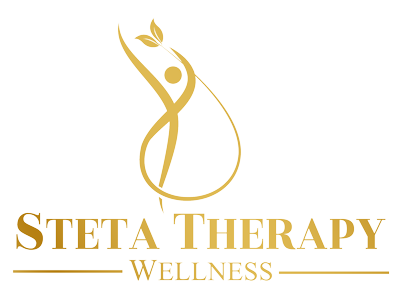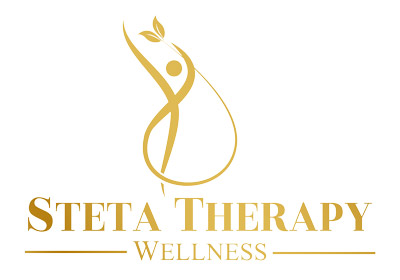23 Jan Using the Safe & Sound Protocol (SSP) to Support Your Nervous System
This winter, I reconnected with the Safe and Sound Protocol (SSP) and discovered a new playlist called “Freely.” It’s an easy listening experience that leaves me feeling more connected to my body, with a genuine sense of openness.
If you’ve heard of SSP, you might already know its potential benefits. If not, you may be wondering: What is the Safe and Sound Protocol?
What Is the Safe & Sound Protocol (SSP)?
The SSP is a therapeutic intervention based on Polyvagal Theory, developed by Dr. Stephen Porges. It uses a 5-hour music playlist, modified and filtered to send safety cues to the nervous system through the inner and middle ear.
These safety cues aim to shift the autonomic nervous system from a chronic state of defense (fight, flight, or freeze) to a state of social engagement, where you feel:
- More connected
- Resilient
- Present
- Better able to respond rather than react
Who Can Benefit from SSP?
Recent case studies have shown that SSP can provide relief for individuals experiencing:
- Anxiety
- Chronic depression
- ADHD
- Long-term COVID symptoms
- Sensory processing challenges
- Autism
While SSP involves listening to the therapeutic music, its effects are enhanced when combined with therapy. Together, they create a powerful tool for nervous system regulation and healing.
How SSP Works with Polyvagal Theory
Polyvagal Theory identifies three states that the body shifts between based on perceived safety or danger:
- Social Engagement (feeling safe and connected)
- Fight or Flight (response to danger or stress)
- Shutdown (a protective response to overwhelm)
When we feel safe, we enter the Social Engagement System (SES), where connection and resilience thrive. However, when safety is compromised, the body moves into a defensive state.
SSP helps stretch your window of tolerance, allowing the nervous system to move more freely into states of safety and connection rather than getting stuck in defense or survival modes.
Active and Passive Cues of Safety
Creating safety cues in your daily life can help ease your nervous system into a more balanced state. These cues can be both active and passive:
Active Cues of Safety
These involve intentional activities that increase feelings of safety.
Examples include:
- Breathing exercises
- Walking or working out
- Dancing or singing
- Gardening
- Cooking
Passive Cues of Safety
These are environmental elements that create a sense of safety without conscious effort. Examples include:
- Adjusting lighting to softer tones
- Choosing calming colors for your space
- Ensuring a tidy, organized environment
- Adding soothing scents or sounds
How to Incorporate Safety Cues
I encourage you to explore what helps you feel your most grounded and connected self. Ask yourself:
- What elements in my environment make me feel safe and at ease?
- Which activities help me feel ready to connect with others?
After identifying and implementing these safety cues, the SSP can enhance your ability to access the Social Engagement System (SES) and experience deeper healing.
SSP Availability
I’m excited to offer Safe and Sound Protocol services in two formats:
- Short-term support: Includes SSP with short-term therapy sessions.
- Long-term support: Combines SSP with ongoing therapy for sustained progress


Sorry, the comment form is closed at this time.